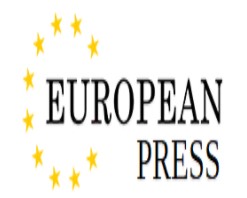The second day of the £122 million High Court showdown between PPE Medpro and the Department of Health and Social Care (DHSC) saw intense cross-examination of two key civil servants, exposing contradictions, confusion, and admissions of oversight within the government’s emergency PPE procurement process.
Richard James, a Cabinet Office official who worked in the DHSC’s Covid-era “PPE Cell”, was first to give evidence. He confirmed that he had emailed PPE Medpro in June 2020 to say that its sterile surgical gowns had been “approved by Technical”, referring to the government’s internal Technical Assurance team . This approval was a key turning point that allowed the controversial supplier’s £122 million order to progress.
But under questioning, James admitted that PPE Medpro had never supplied the certification required under EN 556-1 — the European standard for terminally sterilised medical devices — nor a CE mark with an accompanying Notified Body (NB) number, which is generally required under medical device regulations .
When challenged on this, James said the approvals were granted on the basis of a “capability to meet the technical standards” and not necessarily full compliance at the time. The documents provided by PPE Medpro were uploaded to the government’s Mendix platform, and the Technical Assurance team assessed their adequacy remotely, without physical access to the products, which were being manufactured in China during the pandemic’s global supply chain chaos .
Repeated references were made to the Essential Technical Requirements Document (ETRD), which allowed for “equivalent technical solutions” during the pandemic if a product could not meet usual standards. PPE Medpro later argued in submissions that it was operating under this clause, although James’s emails suggest he continued to request EN 556-1 compliance until the very end .
Support authors and subscribe to content
This is premium stuff. Subscribe to read the entire article.









